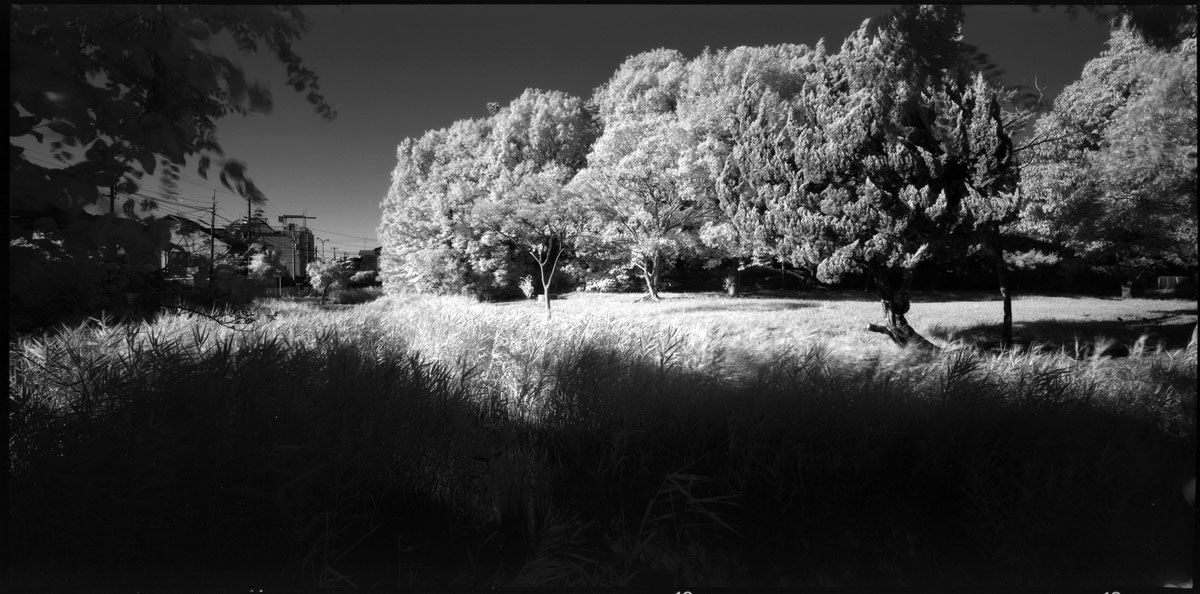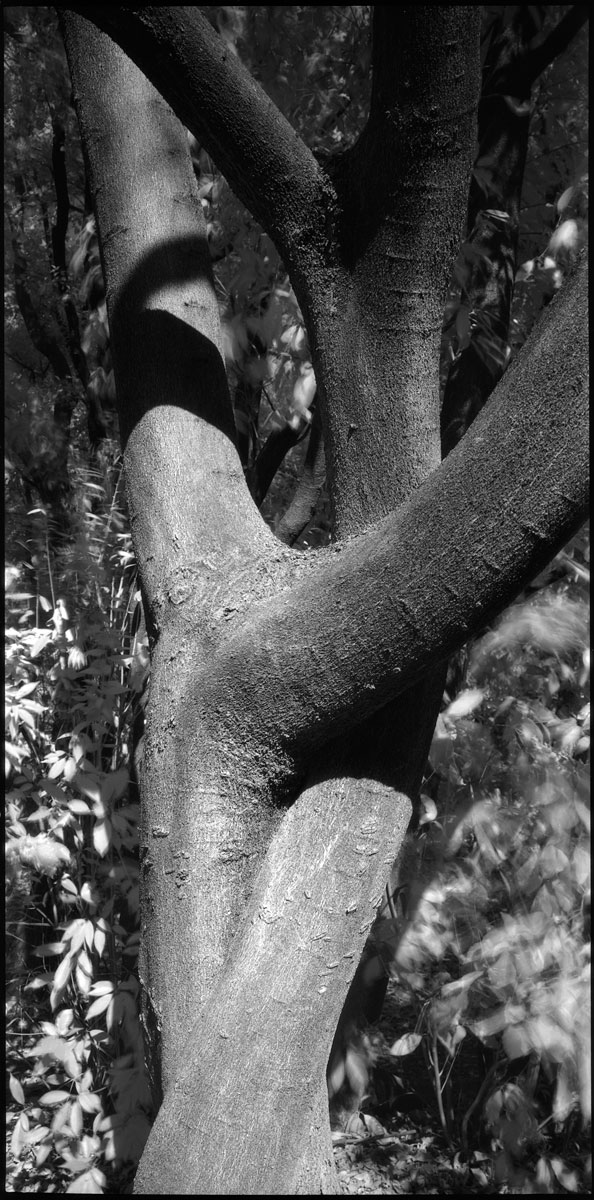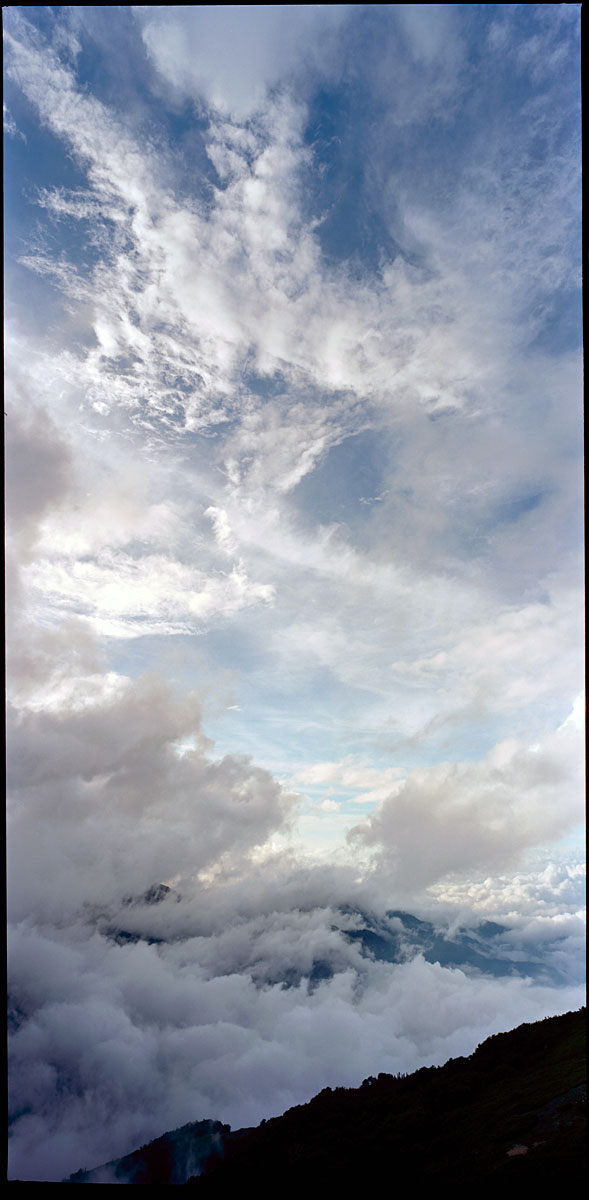Tag Archives: Horseman SW612
Sakura, Sakura
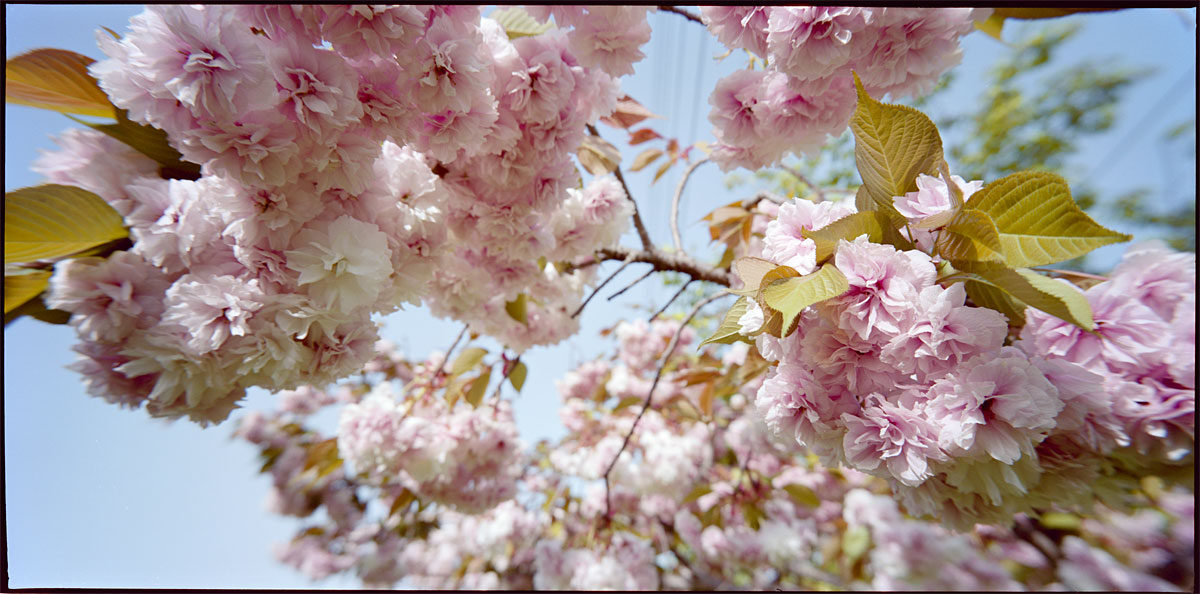 It is cherry blossom season in Japan. These flowers are in Daisen Park in Sakai. This park is also known for its necropolis. Click on the image for a larger view.
It is cherry blossom season in Japan. These flowers are in Daisen Park in Sakai. This park is also known for its necropolis. Click on the image for a larger view.
Pilgrim
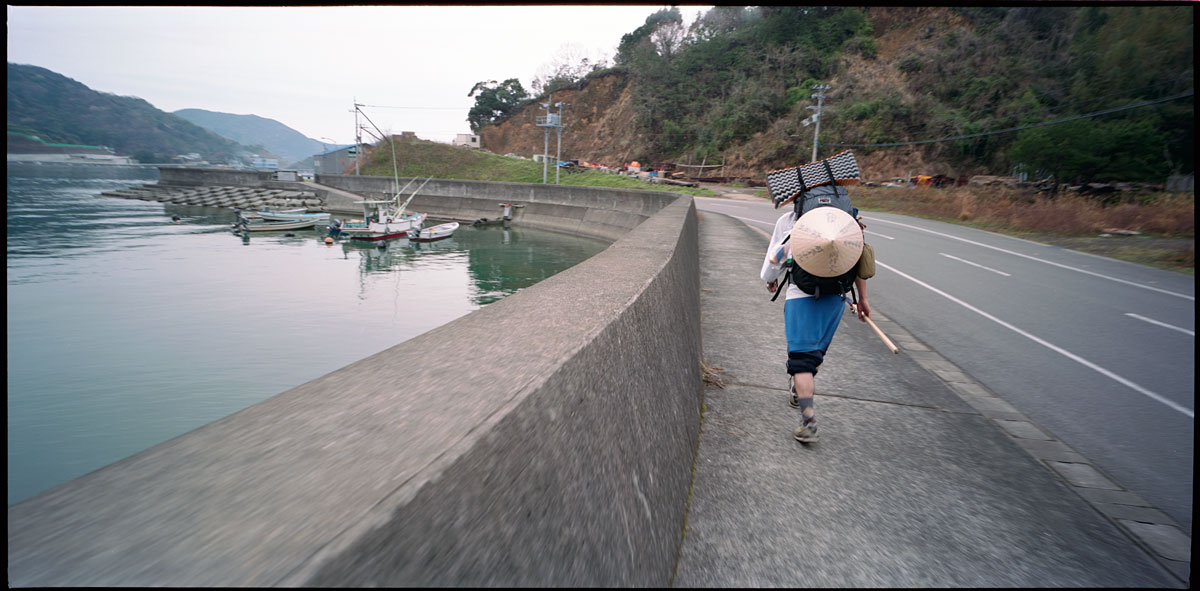 Pilgrims flock to the island of Shikoku in Japan. Through the centuries, the fundamental practice of these pilgrims has not changed: they walk, they pray. To complete the entire route, a little over 1,200km or 750 miles, takes most travelers about fifty days. Some have claimed do this in thirty—a formidable feat. The path is mostly on roads. It hugs the coast and crosses mountains.
Pilgrims flock to the island of Shikoku in Japan. Through the centuries, the fundamental practice of these pilgrims has not changed: they walk, they pray. To complete the entire route, a little over 1,200km or 750 miles, takes most travelers about fifty days. Some have claimed do this in thirty—a formidable feat. The path is mostly on roads. It hugs the coast and crosses mountains.
One hundred years ago, the average pilgrim is said to have spent about one hundred days to complete the pilgrimage. Roads, general health, and modern gear are mostly responsible in changing that. I am grateful of not having to wear the traditional straw sandals and cotton robes, which must have made this journey even harder. 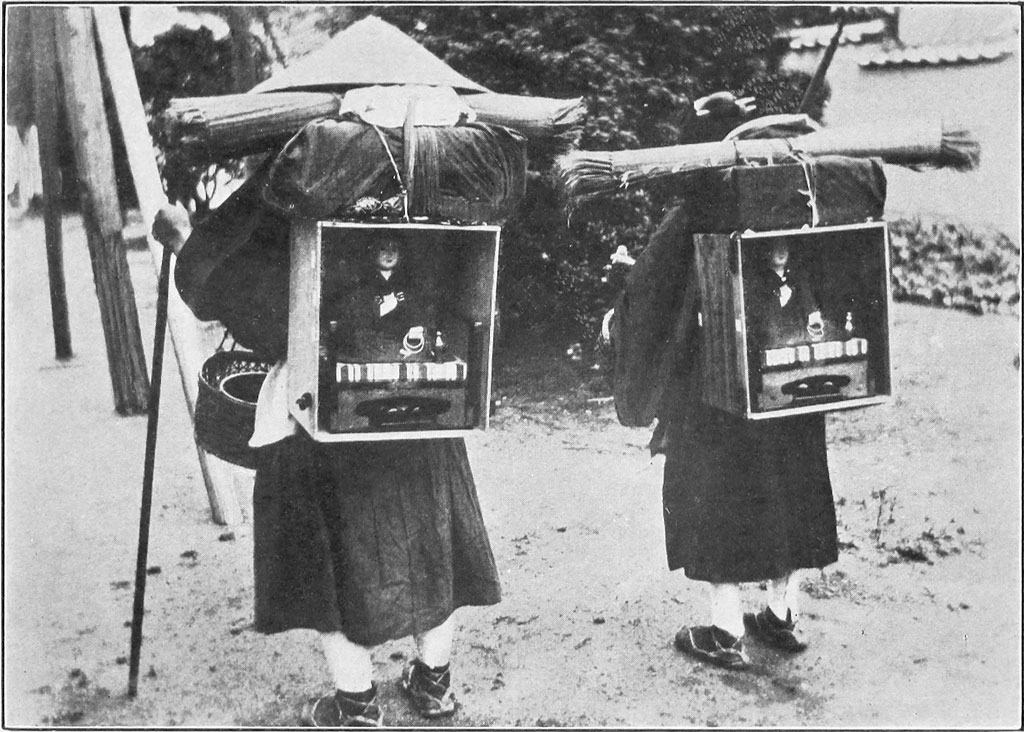 This pair of pilgrims from the early 20th century are described as monks, but wrongly cited as carrying statues of the Buddha—the image on their backs is of Kobo Daishi. The photograph is from the book By Nippon’s Lotus Ponds; Pen Pictures of Real Japan by Matthias Klein and published in 1914. Click on the images for a larger view.
This pair of pilgrims from the early 20th century are described as monks, but wrongly cited as carrying statues of the Buddha—the image on their backs is of Kobo Daishi. The photograph is from the book By Nippon’s Lotus Ponds; Pen Pictures of Real Japan by Matthias Klein and published in 1914. Click on the images for a larger view.
On the Streets of Tokyo—Shinjuku
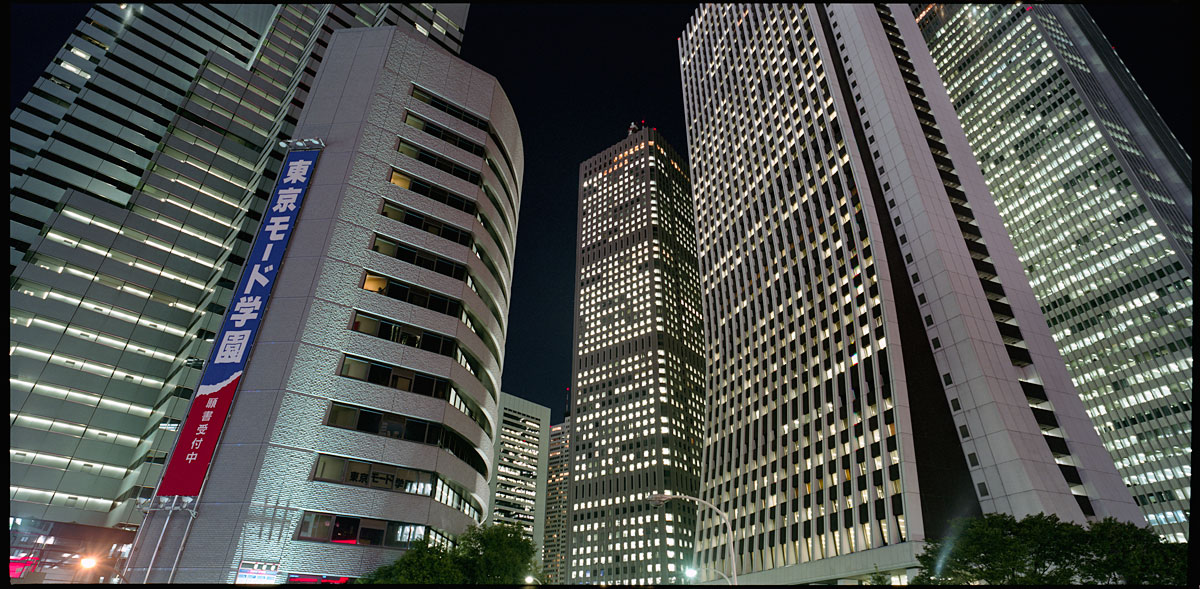 Shinjuku is a major center in Tokyo. Many western cities usually have one large center. Tokyo has a large number of active hubs spread like islands throughout an ocean of residential neighborhoods. West Shinjuku is the location for the metropolitan government and a forest of skyscrapers. Much of the rest of Shinjuku is given over to shopping and entertainment. Click on the images for a larger view.
Shinjuku is a major center in Tokyo. Many western cities usually have one large center. Tokyo has a large number of active hubs spread like islands throughout an ocean of residential neighborhoods. West Shinjuku is the location for the metropolitan government and a forest of skyscrapers. Much of the rest of Shinjuku is given over to shopping and entertainment. Click on the images for a larger view.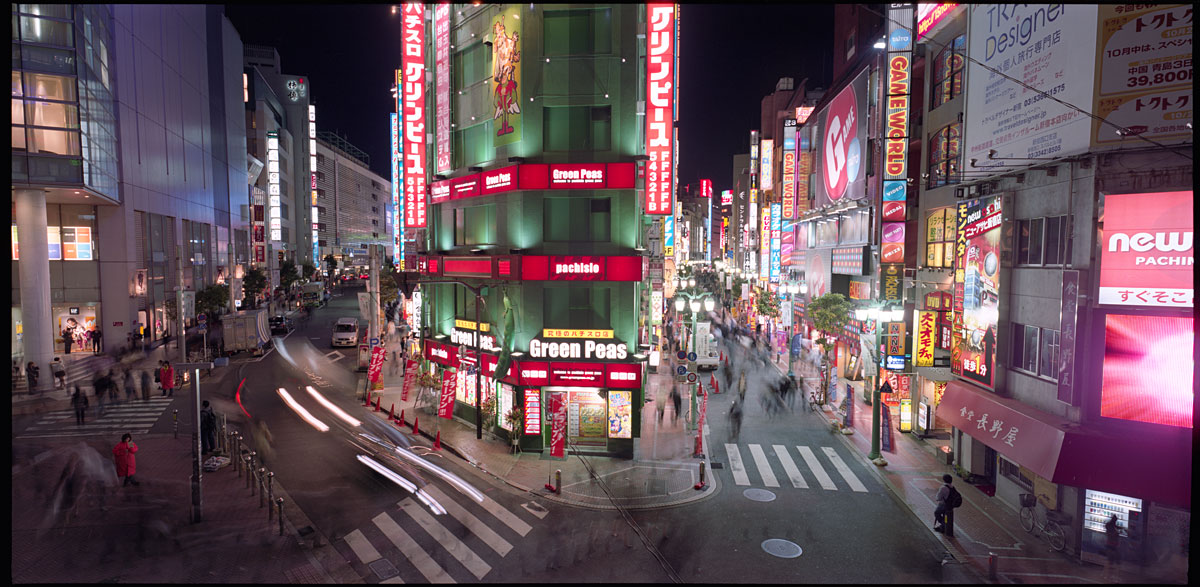
Tea Houses and Spring in Japan
 With cherry blossom season in Japan comes tea. The tea house has a long and important tradition. A place to quench your thirst and refresh your spirit.
With cherry blossom season in Japan comes tea. The tea house has a long and important tradition. A place to quench your thirst and refresh your spirit.
A visit becomes a ritual for the senses—the bitterness of the tea, the sweetness of the cake, the warmth, texture, and color of the cup, the scent of the air, and the sounds in the world. A simple experience that brings calm and wonder. And all this for a bit money and a little of time. Click on the image for a larger view.
Futon Daiko: Celebration
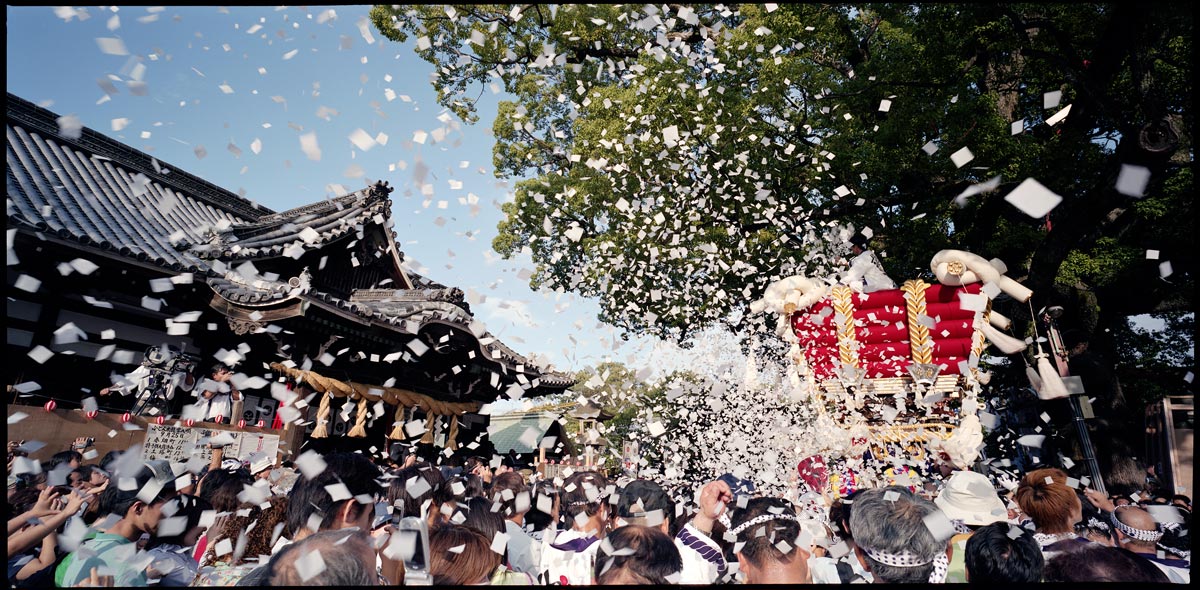 The Futon Daiko festival at Mozu Hachiman Shrine in Sakai, Japan is a lunar festival, taking place in late September or early October on the weekend closest to the full moon. Nine town participate in this event.
The Futon Daiko festival at Mozu Hachiman Shrine in Sakai, Japan is a lunar festival, taking place in late September or early October on the weekend closest to the full moon. Nine town participate in this event.
These festivals are a celebration of community. A hundred or more people are need to carry these floats and far more in the community are needed to support the event. The bonds in these communities are strong and the festival maintains and strengthens them. Click on the image for a larger view.
Breaking Storm
Futon Daiko: Kaidan
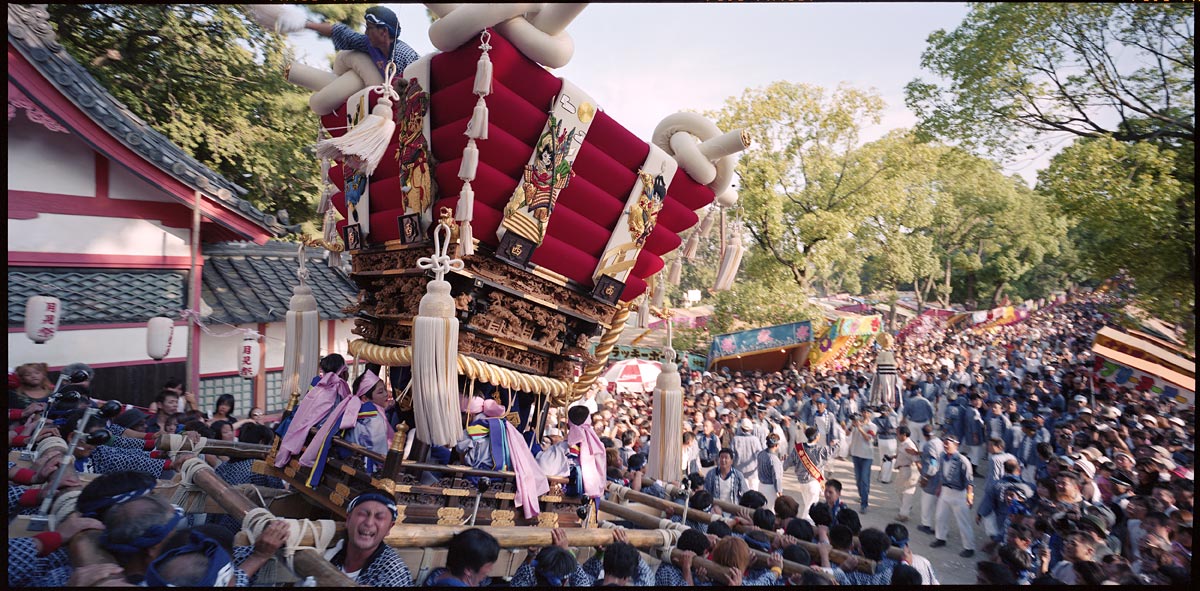
The Futon Daiko festival at Mozu-Hachiman Shrine in Sakai, Japan is an amazing event. Each of the nine towns have their own float, or dashi. Two teams of fifty to seventy men are needed to carry these two and a half ton structures. And they do not simply carry them, but march in a straight-legged gait and sing.
The real trial for these men are the steps, or kaidan, that lead to the main shrine. After carrying the dashi all day, the floats are taken up and down these steps multiple times. It is a dangerous maneuver, but a crowd pleaser. Click on the image for a larger view.
New Years in Japan
 New Years in Japan is a special time. Unlike the West, where it is a fun party on the eve of the first, in Japan, the celebration is observed for several days, and rites and traditions can last the month of January. Visiting the local shrine or temple is a major event, known as hatsumode. One of the most visited temples is Todai-ji in Nara, which houses the world’s largest bronze Buddha. The figure is about 15m/50ft in height.
New Years in Japan is a special time. Unlike the West, where it is a fun party on the eve of the first, in Japan, the celebration is observed for several days, and rites and traditions can last the month of January. Visiting the local shrine or temple is a major event, known as hatsumode. One of the most visited temples is Todai-ji in Nara, which houses the world’s largest bronze Buddha. The figure is about 15m/50ft in height.
Maruhoyama Kofun and the Mozu Necropolis
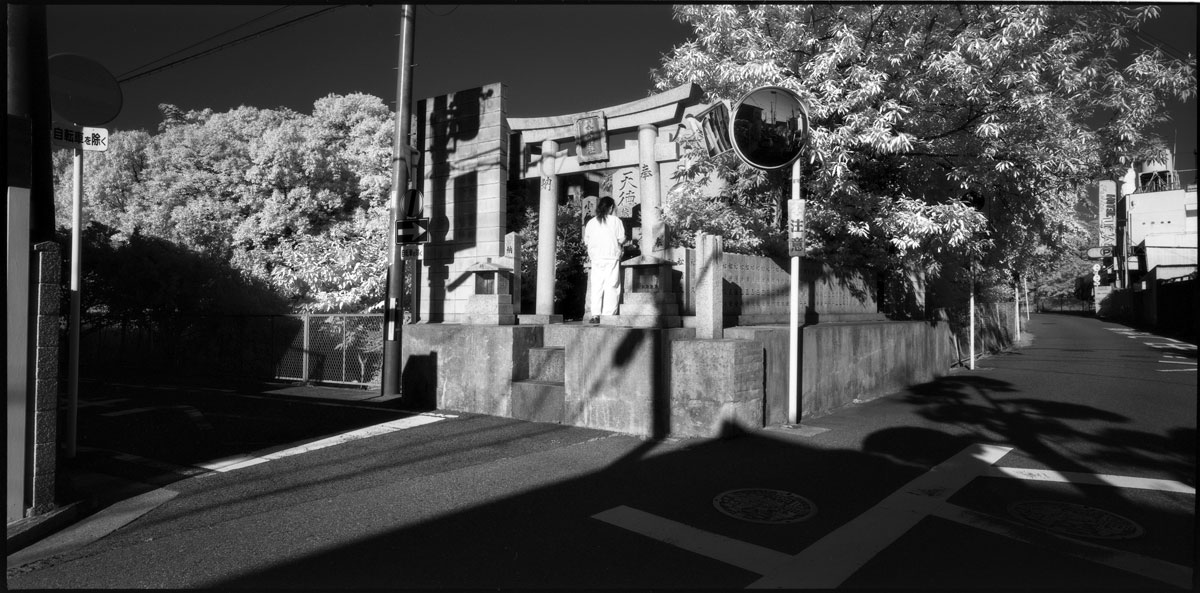 Hachijou shrine in front of Maruhoyama Kofun. Maruhoyama Kofun is also thought to be a satellite mound to Daisen Kofun. There is very little known about these sites nor the people that built them. Click on an image for a larger view.
Hachijou shrine in front of Maruhoyama Kofun. Maruhoyama Kofun is also thought to be a satellite mound to Daisen Kofun. There is very little known about these sites nor the people that built them. Click on an image for a larger view.
